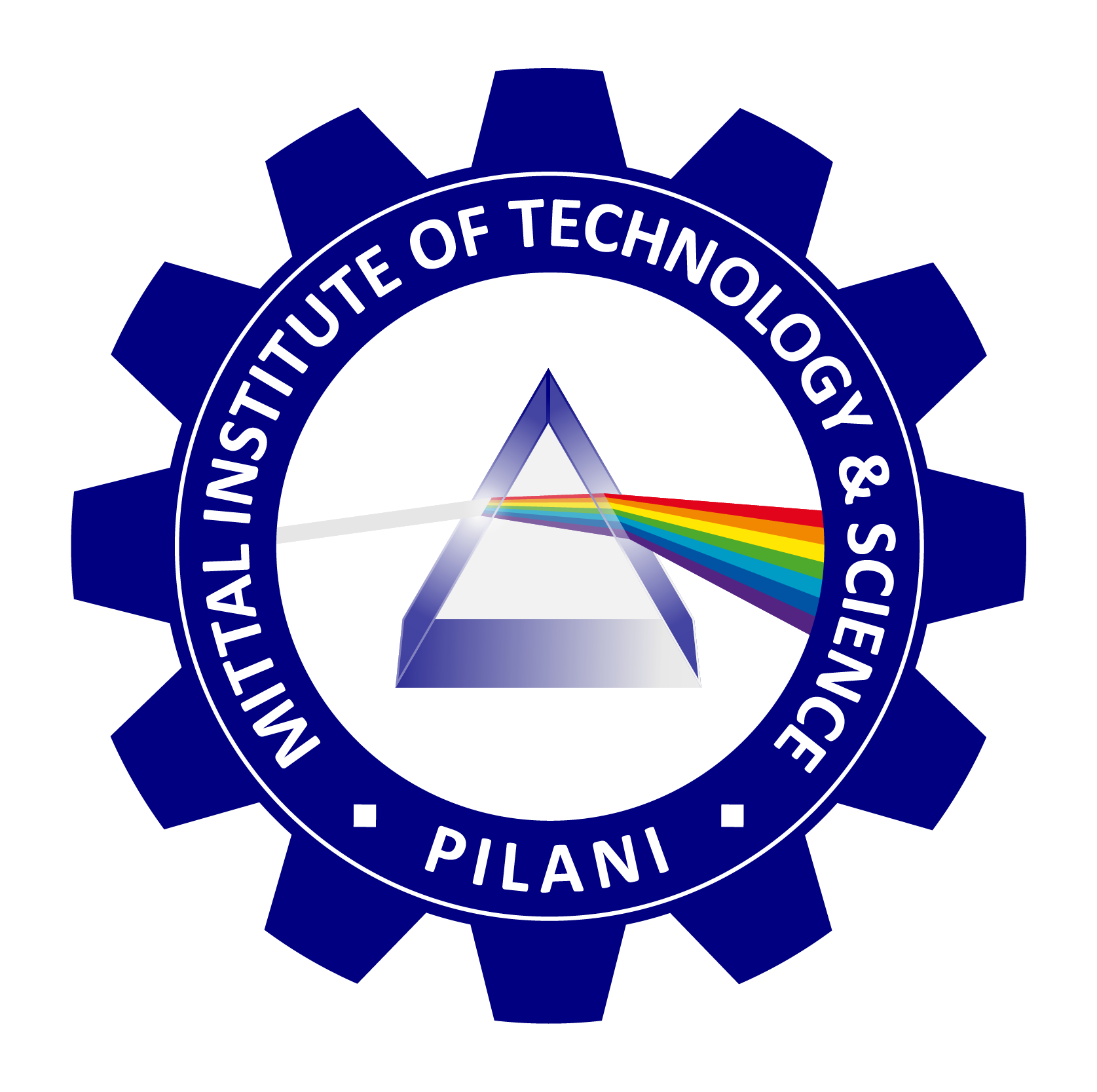
Google Spanner: A Revolutionary Distributed SQL Database
Google Spanner is a globally distributed, strongly consistent, horizontally scalable relational database developed by Google. It combines the advantages of relational databases, such as SQL support and ACID (Atomicity, Consistency, Isolation, Durability) transactions, with the scalability and flexibility often found in NoSQL databases. Spanner was created to address the need for a distributed database system that could offer global consistency, high availability, and strong performance across vast networks.
As an innovative system that powers many of Google’s critical services, Spanner offers unique capabilities for enterprises seeking to build large-scale applications with high reliability and performance. This essay will delve into the core architecture, key features, and use cases of Google Spanner and its significance in the world of distributed databases.
The Origins of Google Spanner
Google Spanner emerged from the need to manage data at a global scale efficiently. Traditional relational databases, while reliable for transactional consistency, often lacked the scalability required for global applications. On the other hand, NoSQL databases, which are known for their scalability, typically sacrifice consistency and strong transactional support. Google Spanner was developed to bridge this gap, providing a globally distributed SQL database that ensures both horizontal scalability and strong consistency.
Spanner’s architecture was initially developed to meet Google’s own needs for services such as AdWords, Google Play, and other global applications. These systems required a database capable of handling vast amounts of data across multiple continents, with guarantees of low-latency access and consistency across geographically distant data centers.
Core Architecture of Google Spanner
At the heart of Google Spanner’s innovation is its unique architecture, which incorporates several key technologies and principles to achieve global distribution, consistency, and scalability:
- TrueTime API: One of the defining features of Google Spanner is its use of the TrueTime API, a globally synchronized clock system that provides a bounded uncertainty interval for the timing of transactions. In distributed systems, achieving strong consistency can be challenging because different machines may have slightly different perceptions of time. TrueTime mitigates this by ensuring that Spanner nodes have access to synchronized timestamps with high accuracy, allowing them to commit transactions in a globally consistent order.
TrueTime helps Spanner avoid common issues found in distributed databases, such as the possibility of conflicting transactions or data inconsistencies due to time differences between nodes. It guarantees serializability, the strongest form of consistency, allowing developers to rely on Spanner for ACID-compliant transactions across global regions.
- Distributed Data Storage and Sharding: Spanner automatically partitions and distributes data across multiple nodes and geographic regions using a process known as sharding. It divides large datasets into smaller chunks called “shards,” each of which can be managed independently. Spanner’s ability to automatically split and merge shards ensures that as the application grows, the database can scale seamlessly to handle increased load, with no manual intervention required.
Each shard in Spanner is replicated across multiple data centers using the Paxos consensus algorithm, which ensures high availability and fault tolerance. Even if one data center goes down, Spanner can continue to serve requests from other replicas, ensuring that the application remains highly available.
- Multi-Version Concurrency Control (MVCC): Google Spanner uses Multi-Version Concurrency Control (MVCC) to handle concurrent reads and writes in the database. MVCC ensures that read operations can proceed without blocking write operations, which enhances performance in highly concurrent environments. When a write transaction is committed, it creates a new version of the data, while reads are served from the appropriate version based on the timestamp of the transaction.
- Global Replication and High Availability: Spanner offers automatic replication of data across geographically distributed regions, ensuring both data durability and high availability. By using synchronous replication and the Paxos consensus protocol, Spanner guarantees that data is consistent across all replicas, even in the face of failures. This global replication ensures that if one region experiences an outage, the system can still serve requests from replicas in other regions, thus minimizing downtime.
Key Features of Google Spanner
- Global Distribution and Scalability: One of Spanner’s standout features is its ability to scale horizontally across multiple regions, making it ideal for globally distributed applications. It allows developers to store and manage data across different geographic locations without sacrificing performance or consistency. Spanner’s architecture ensures that as the application grows, it can handle increasing amounts of data and traffic by adding more nodes.
- Strong Consistency with Global Transactions: Unlike many distributed databases that offer eventual consistency, Spanner provides strong consistency through the use of TrueTime and Paxos-based replication. This enables applications to perform globally consistent read and write operations with full ACID guarantees, which is critical for use cases where data consistency is paramount.
- SQL Query Support: Spanner is a relational database that supports standard SQL queries, making it easy for developers familiar with traditional SQL databases to work with. This is a significant advantage over many NoSQL databases, which may require developers to learn new query languages or paradigms. Spanner supports complex SQL queries, joins, indexes, and schema management, making it suitable for a wide range of enterprise applications.
- Automatic Scaling and Sharding: As applications grow, Spanner can automatically adjust the distribution of data across its infrastructure, splitting or merging shards as necessary to balance load and optimize performance. This means that developers don’t need to manually manage database scaling, reducing operational complexity.
- Global Fault Tolerance and Disaster Recovery: Spanner’s use of synchronous replication across multiple regions ensures that it can provide robust disaster recovery capabilities. In the event of a regional outage, Spanner’s architecture allows the database to continue serving requests from other replicas, ensuring minimal service disruption.
Use Cases of Google Spanner
- Financial Services: Spanner’s support for globally consistent transactions and ACID guarantees makes it an excellent choice for financial institutions. It is used to power high-performance, low-latency transaction processing systems that handle real-time trading, payment processing, and risk management. The strong consistency offered by Spanner ensures the integrity of financial transactions, while its global scalability allows financial institutions to serve customers across different regions.
- E-commerce Platforms: For e-commerce platforms that operate on a global scale, Spanner’s ability to handle massive amounts of data and transactions is crucial. It allows these platforms to manage product catalogs, inventory, and customer data in a consistent and scalable manner. The built-in global replication ensures that customers across the world experience low-latency access to the platform, even during peak shopping periods.
- Telecommunications and Media: Telecommunications companies often require databases that can handle large-scale, geographically distributed operations. Spanner is well-suited for managing subscriber data, billing systems, and customer relationship management (CRM) solutions. The database’s ability to provide real-time data access and global consistency is key to delivering seamless services across regions.
- Government and Public Sector: Governments and public sector organizations benefit from Spanner’s scalability and fault tolerance when building applications that require global data distribution. From national identification systems to public health platforms, Spanner’s architecture ensures that mission-critical data remains available and consistent, even during regional outages.
Google Spanner represents a revolutionary advancement in the world of distributed databases by combining the best features of relational databases—strong consistency, ACID transactions, and SQL support—with the scalability and global distribution often associated with NoSQL databases. Its innovative use of the TrueTime API, Paxos consensus, and automatic sharding enables Spanner to offer global consistency, high availability, and fault tolerance, making it an ideal choice for enterprises building large-scale, mission-critical applications.
As more businesses adopt cloud-native architectures and scale their operations globally, Spanner is poised to play a central role in ensuring that their database systems can meet the demands of modern distributed applications. With its robust feature set and the backing of Google Cloud, Spanner is shaping the future of distributed SQL databases.

Professor Rakesh Mittal
Computer Science
Director
Mittal Institute of Technology & Science, Pilani, India and Clearwater, Florida, USA
